British Empire at its territorial peak
The British Empire began with England’s overseas settlements and trading posts between the late 16th and early 18th centuries. At its height, it was the largest Empire in history. By 1913 the British Empire covered 35.5 million sq km or 13.7 million sq mi (24 percent of the planets’ total land area). In 1920, the Empire’s population was over 413 million people (23% of the world population).
British Empire at its territorial peak (1921)

The British Empire, at its territorial peak, covered nearly the same surface area as the Moon.
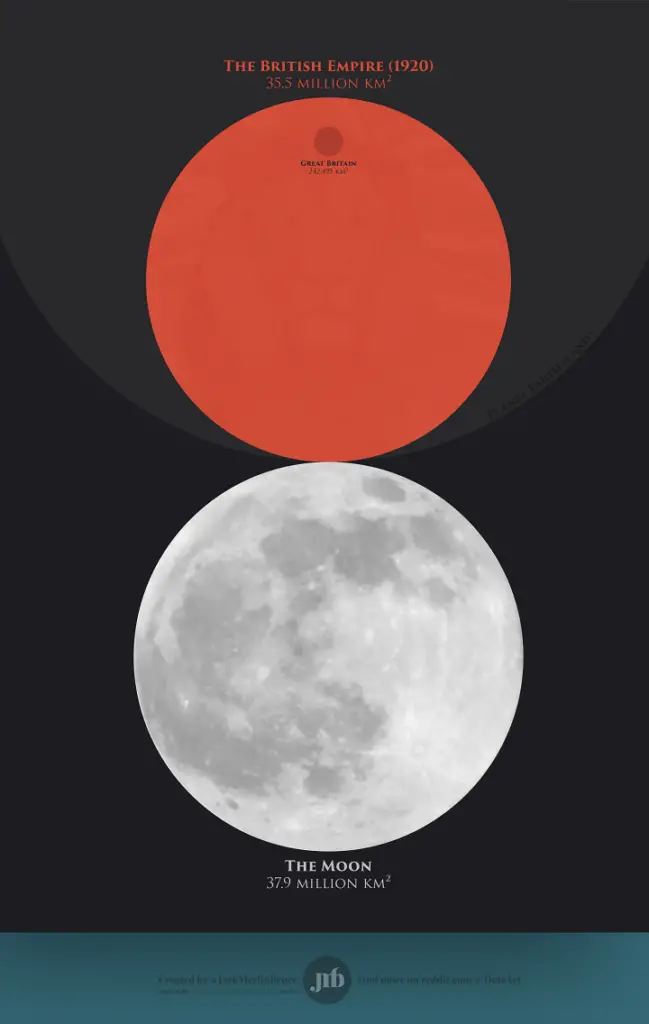
The map below shows countries of the British Empire drawn on a uniform scale of 1:60,000,000

Below the 1910 propaganda map showcasing oversized flags of British colonies, this map artificially increases the apparent influence and presence of the British Empire.
The flags of a free empire, showing the emblems of British power throughout the world

“This picture helps us to understand the wonderful way in which the British Empire is established throughout the world. But it helps us to realise something more. The flag that flies over the British Isles in the centre of the picture is the Union Jack, under which no slave can breathe; and it is a fine thing, of which we may be rightly proud, that the sun never sets upon the Union Jack. But the flags that wave over other parts of the empire have all another sign stamped on the Union Jack, which means generally that these places, though they are loyal to the British flag, have a nationality or government of their own. Great Britain has built up a great empire, because, wherever her influence has gone, she has planted the seeds of freedom, and because, as soon as a British colony is able to govern itself, the power to govern is given to it. So that the separate flags mean that the places over which they fly are separate colonies, under the protection of the British flag.”
“It is not possible to show all parts of the empire or all the flags in their proper places, and it should be carefully noted that the actual empire, marked red, is represented on this map by the flag-staff and not by the flag itself. The flags have their staffs fixed into t ie places to which they belong so that it is the place where the flag-staff is fixed that belongs to the British Empire. Many small places have flags that are not shown in this map, and in the cases of Canada and Australia, only the federal flags are shown, the flags of the separate parts being along the top and bottom. In many other cases, also, where flags cannot be put in their proper position in such a small space as this, the flags are shown along the borders of the map. The colours of the emblems are not given here, and some of the emblems are shown much larger on the flag than they really are. Some of them are explained briefly in notes appearing on page 1118.”
Here is a visualization of the territorial evolution of the British Empire.
Animated map of the British empire’s rise and fall

Below is a more detailed map of the territorial evolution of the country through time.
Here is the map created by Reddit user alectprasad, showing countries that gained independence from the United Kingdoms and the years
British Colonies in Africa
Britain Empire had numerous colonies in Africa:
- In West Africa – Gambia, Ghana, Nigeria, Southern Cameroon, and Sierra Leone.
- In East Africa – Kenya, Tanzania, Uganda, and Zanzibar (Tanzania).
- In South Africa – Botswana, Northern (Zambia) and Southern Rhodesia (Zimbabwe), Lesotho, Nyasaland (Malawi), South Africa, Swaziland.
Moreover, Sudan, previously known as the Anglo-Egyptian Sudan, was jointly ruled by Britain’s Empire and Egypt because they had colonized it.
In 1651, England established its first colony in Africa. A period of lower-level expansion occurred until the 19th century, after which Britain rapidly developed its colonies in the region. The colonial era finally ends in 1980 after its last colony gains independence.
By the beginning of the 20th century, the U.S. and Germany had begun to confront Britain’s economic leadership.
In WWII, Britain’s colonies in Asia were controlled by Japan. Despite Great Britain and its allies’ final victory, the destruction of British influence helped stimulate the Empire’s decay.


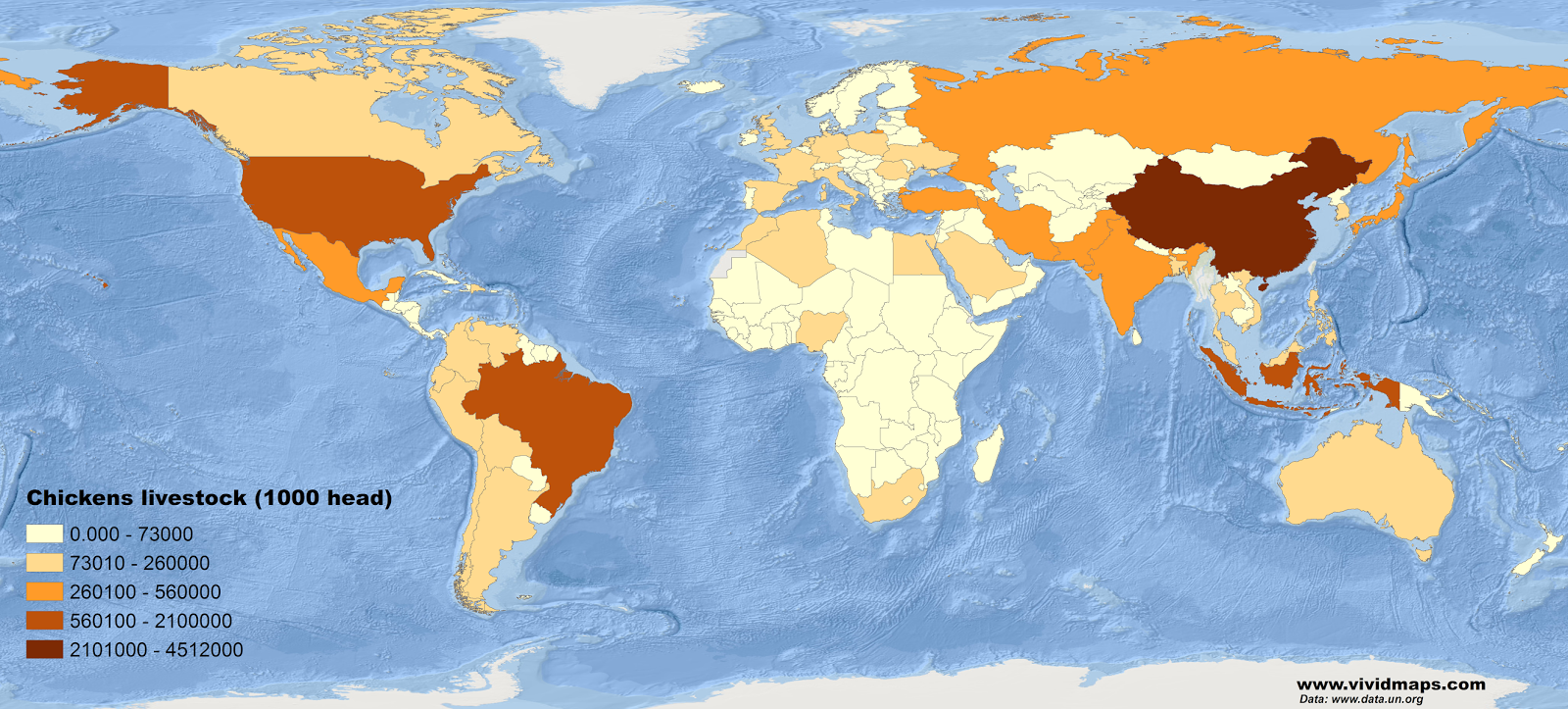
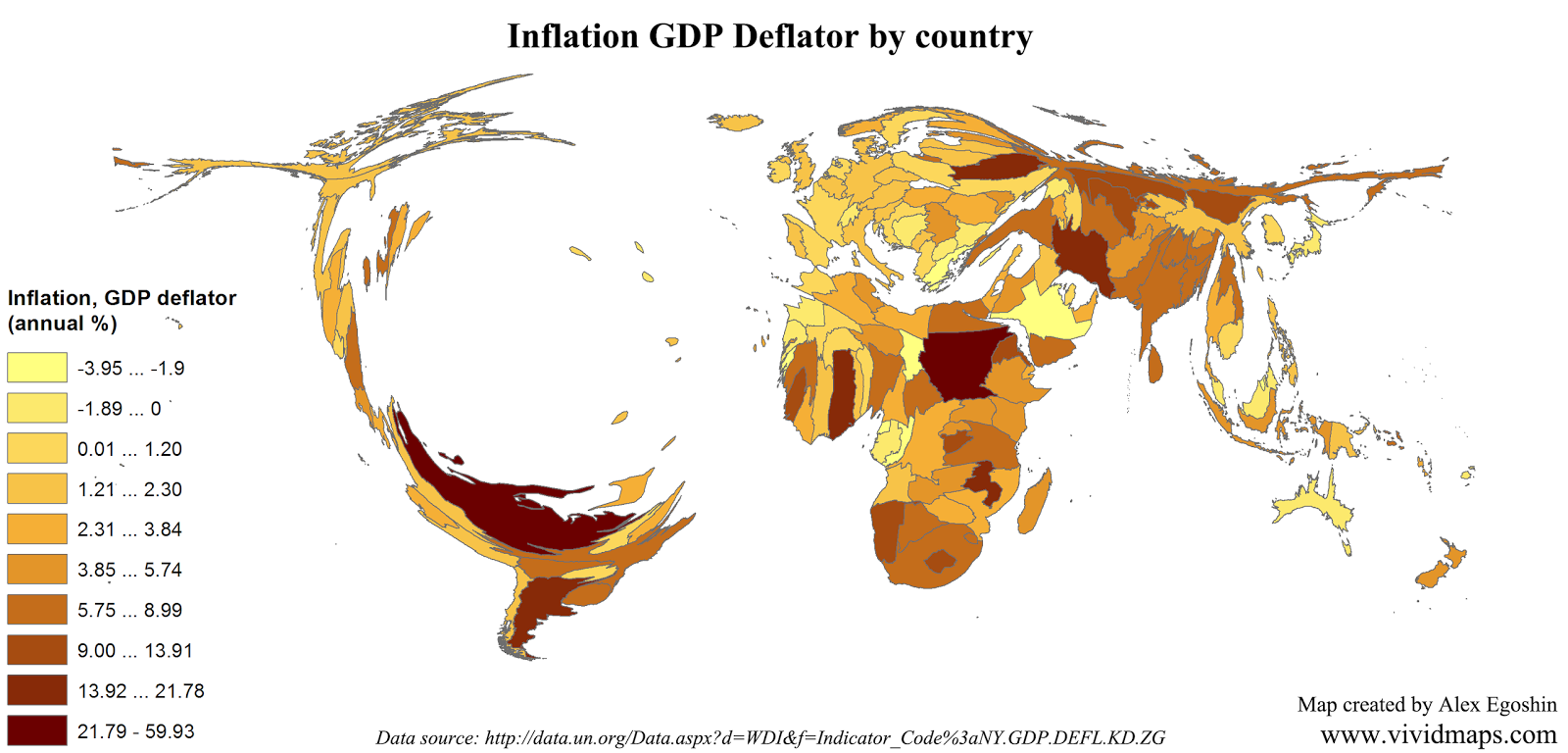


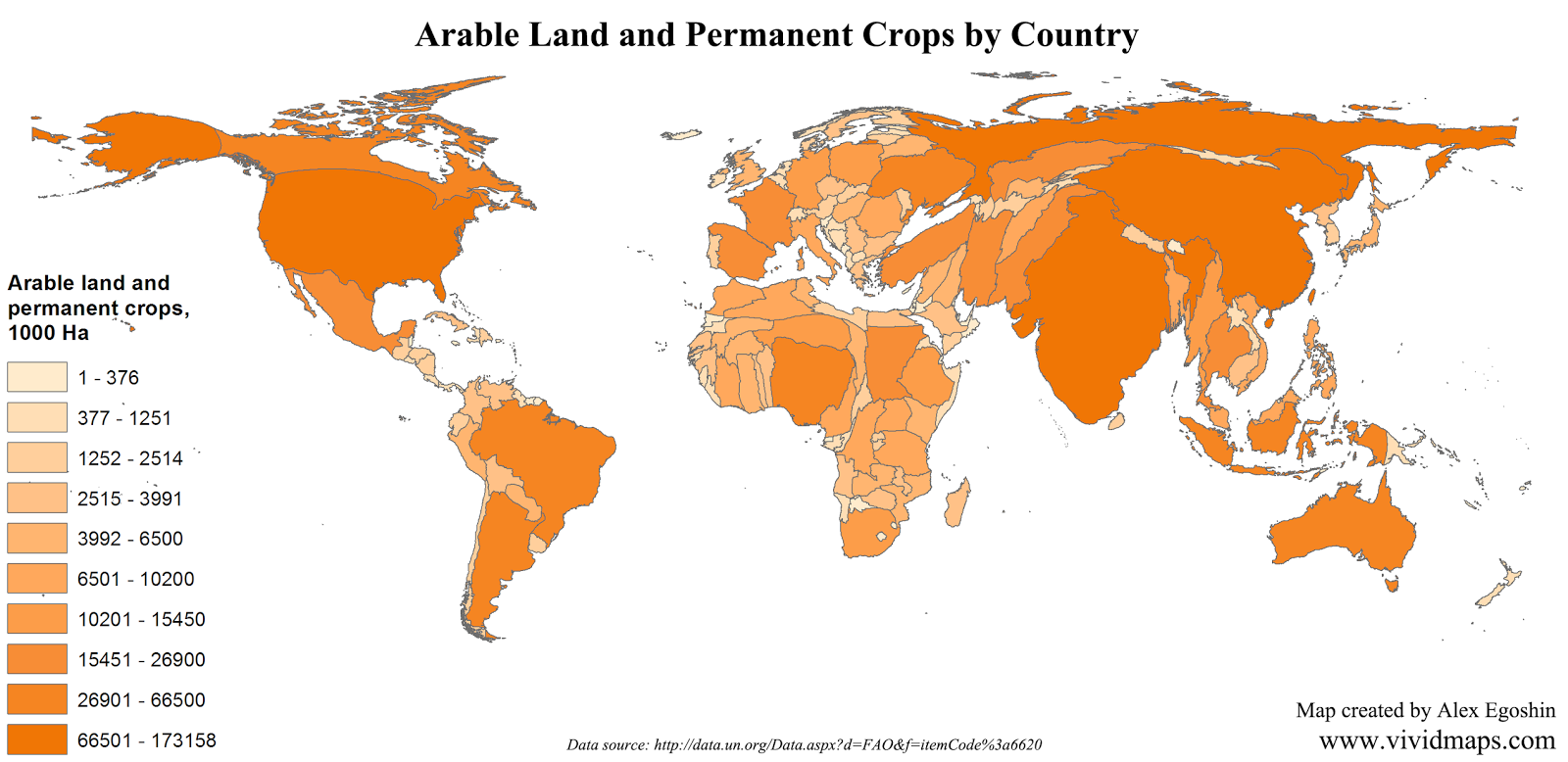
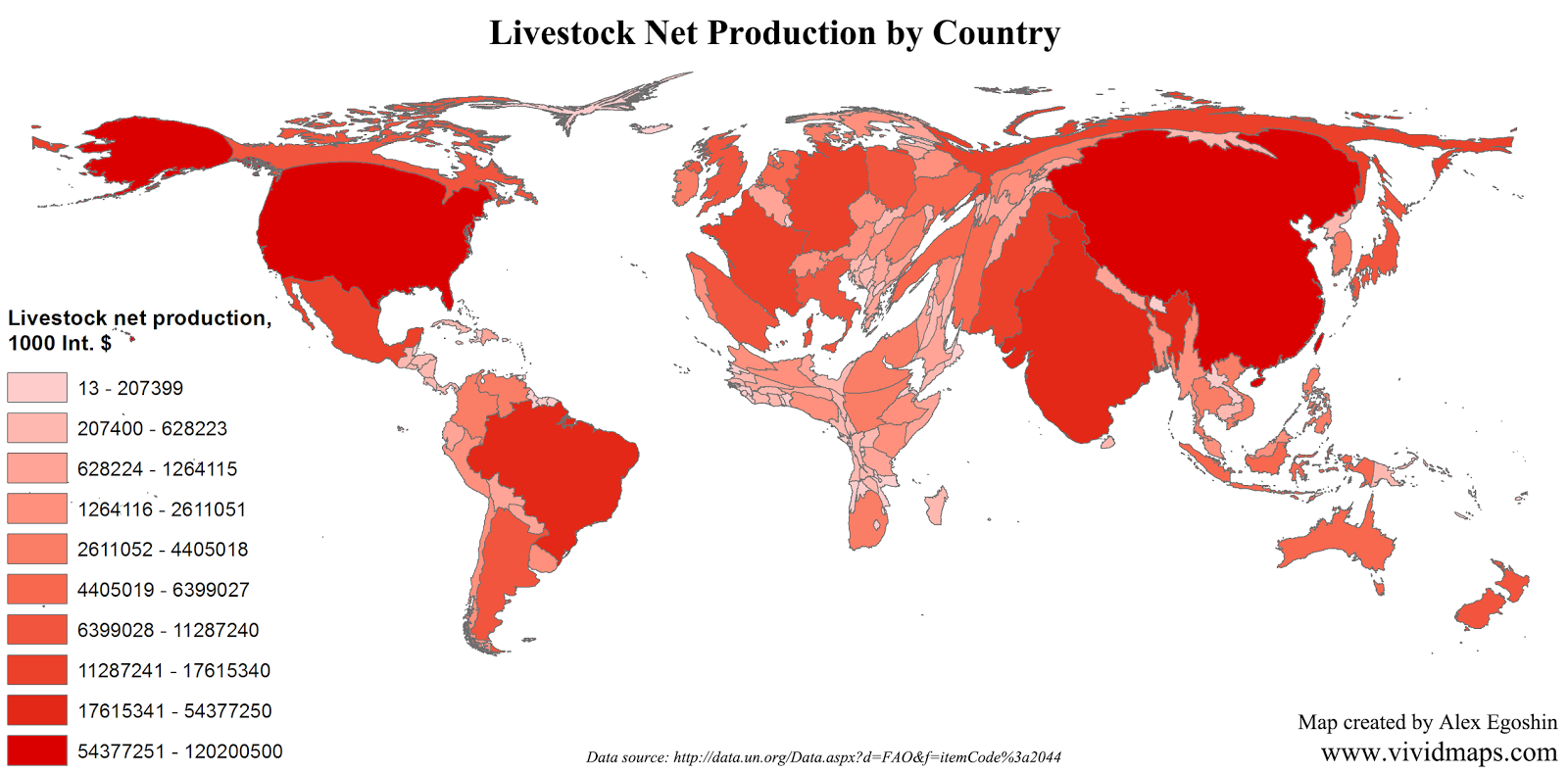

Always have been fascinated by this island nation’ achievement to a world empire. It’s contributions to the world in law and governing. Sad to see it’s demise.
fascination for white supremacist oppression? lmao